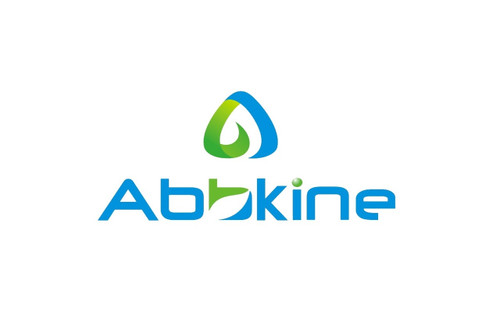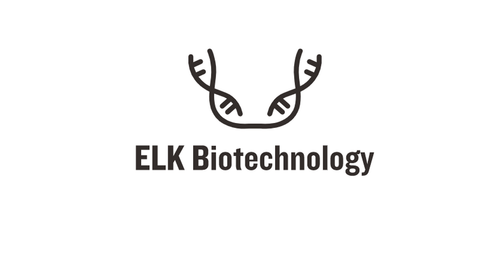Product Description
Mouse Replication initiator 1 (REPIN1) ELISA Kit | AE22472MO | Abebio
Species Reactivity: Mouse (Mus musculus)
Abbreviation: REPIN1
Alternative Name: AP4; RIP60; ZNF464; Zfp464; H_DJ0584D14.12|replication initiation region protein (60kD) |zinc finger protein 464 (RIP60) |zinc finger protein AP4|zinc finger proten AP4
Application: ELISA
Range: 0.312-20 ng/mL
Sensitivity: 0.135 ng/mL
Intra-Assay: ≤4.7%
Inter-Assay: ≤8.2%
Recovery: 0, 97
Sample Type: Serum, Plasma, Other biological fluids
Detection Method: Sandwich
Analysis Method : Quantitive
Test Principale: This assay employs a two-site sandwich ELISA to quantitate REPIN1 in samples. An antibody specific for REPIN1 has been pre-coated onto a microplate. Standards and samples are pipetted into the wells and anyREPIN1 present is bound by the immobilized antibody. After removing any unbound substances, a biotin-conjugated antibody specific for REPIN1 is added to the wells. After washing, Streptavidin conjugated Horseradish Peroxidase (HRP) is added to the wells. Following a wash to remove any unbound avidin-enzyme reagent, a substrate solution is added to the wells and color develops in proportion to the amount of REPIN1 bound in the initial step. The color development is stopped and the intensity of the color is measured.
Product Overview: Replication initiator 1 is a protein encoded by the REPIN1 gene. Homodimers of RIP60 (replication initiation-region protein 60 kDA) purified from nuclear extract bind two ATT-rich sites in oribeta and foster the formation of a twisted 720 bp DNA loop in vitro. RIP60 contains 15 C (2) H (2) zinc finger (ZF) DNA binding motifs organized in three clusters, termed hand Z1 (ZFs 1-5), hand Z2 (ZFs 6-8) and hand Z3 (ZFs 9-15) . A proline-rich region is located between hands Z2 and Z3. Gel mobility shift and DNase I footprinting experiments show hands Z1 and Z2 independently bind the oribeta RIP60 sites specifically, but with different affinities. Hand Z3 binds DNA, but displays no specificity for RIP60 sites.
Stability: The stability of ELISA kit is determined by the loss rate of activity. The loss rate of this kit is less than 5% within the expiration date under appropriate storage condition. The loss rate was determined by accelerated thermal degradation test. Keep the kit at 37°C for 4 and 7 days, and compare O.D.values of the kit kept at 37°C with that of at recommended temperature. (referring from China Biological Products Standard, which was calculated by the Arrhenius equation. For ELISA kit, 4 days storage at 37°C can be considered as 6 months at 2 - 8°C, which means 7 days at 37°C equaling 12 months at 2 - 8°C) .
 Euro
Euro
 USD
USD
 British Pound
British Pound
 NULL
NULL












